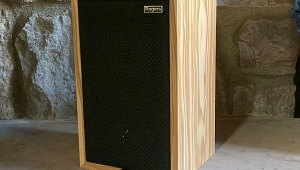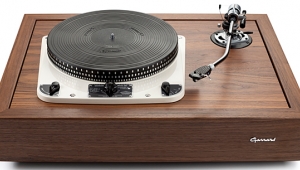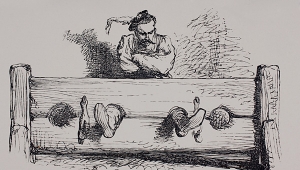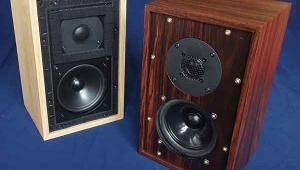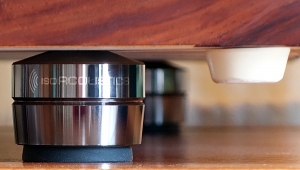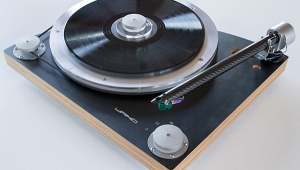| Columns Retired Columns & Blogs |
Interesting idea, that the problem with odd harmonics is not just that they don't fit the octaves, but they don't fit the well-tempered scale.
But if that is correct, you could verify that by playing a tone plus the octave+fifth overtone and compare it with the third harmonic.
Have you done such a test? If not, would you?
Not relevant to the amplifier distortion questions, amplifiers are not likely to be well-tempered, but it would be good to know if the theory holds up.










